The risk and opportunity of direct debit
Is an 1-cent transaction sufficient for a valid direct debit mandate? Or do I run the risk of a Notification of Unjustified Debit (MOI) procedure? How long will the refund risk be?
These are important questions if you as a company offer direct debit possibilities. Being a relatively new Entrepreneur in the world of online payments, these questions might be complicated. Online Payment Platform enlightens you about all details of online direct debit authorizations.
What is direct debit?
Direct debit is a payment manner where the company is authorized by the customer to write off money from the customer's bank account. It can be a one-time payment for a certain product or service, or for recurring payments. This could be a form of subscription. Direct debit is particularly suitable for these recurring payments.
An advantage of this payment method is the safety and familiarity of it, which allows anyone with a bank account to use it quickly. The disadvantage is that the money can be reversed. Additionally, it could occur that the customer does not have enough money in his/her account at the time of the direct debit.
Issue of an authorization
Traditionally, issuing a direct debit mandate requires an authorization form. This form must be completed, signed and returned by the customer. The company must then read, process and archive these data. But since using paper contracts has faded in the past years, alternatives have emerged.
Entering your IBAN
Entering your IBAN by yourself is the most unreliable method of entering your bank details. It is very error-sensitive (especially since the ‘Dutch 11 test’ on bank accounts will expire on 1-1-2020) As a merchant, you are not certain that the IBAN you have entered belongs to your customer.
A transaction with a low amount
A payment transaction with a small amount, for example an 1-cent transaction with iDEAL or two small transfers to your bank account, are methods to verify the bank account. Now you are aware that the user has access to the bank account.
e-mandate
The only legitimate approach to issue an online direct debit authorization is via e-mandate. You confirm directly to your bank that you have issued a direct debit mandate. The authorization is therefore registered with your bank. This can be for both private accounts and business accounts.
Risk
A SEPA Direct Debit (SDD), which is the actual term of a direct debit transaction, does involve a number of risks. As indicated, the transaction can be reversed by the user or his bank. This happens, for example, if the user does not have a balance at the time of the direct debit, or if the user requests a reversal within 8 weeks.
When a direct debit mandate is formally unvalid, similar to the first two methods of issuing a direct debit mandate, the user can use a notification of Unjustified Debit procedure for a period of 13 months. The user then notifies his bank that he has not issued a valid mandate and the payee must then prove the opposite. If the payee does not succeed in doing so, the money will still be reversed and high costs for the MOI will be charged. In short, there is sufficient reason to investigate a correct method of implementation.
Digital
As soon as you have a direct debit mandate issued by the user, a MOI procedure is no longer possible. This saves a lot of risks, but the refund risk of 8 weeks for consumers still remains. If a business direct debit authorization has been issued via DIM, there is also no refund risk as soon as the payment has been successful.
Debt collection on your platform
Do you already offer direct debit on your platform or do you intend to do so? We will be happy to help you if you have any specific questions about this. We can actively engage in the brainstorming process with you about alternatives for debt collection, such as scheduling a recurring payment.

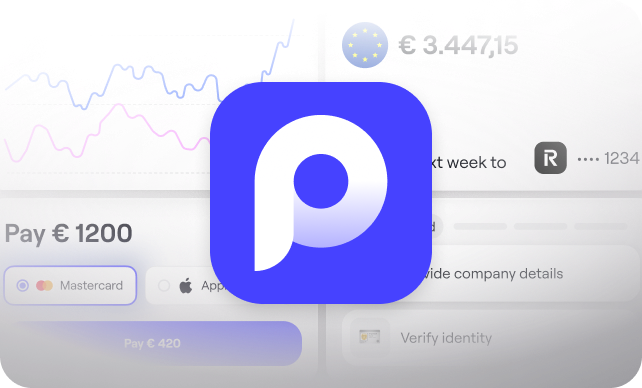
.svg)
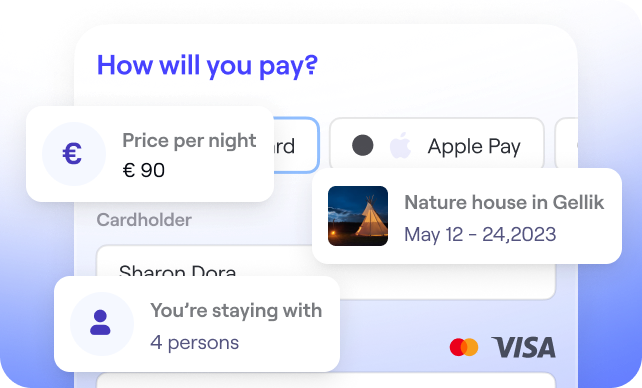


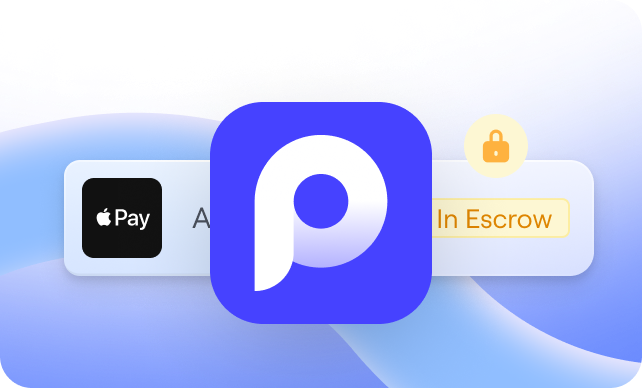

.svg)
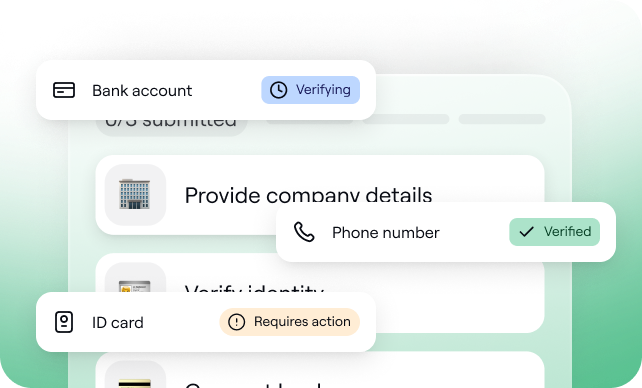
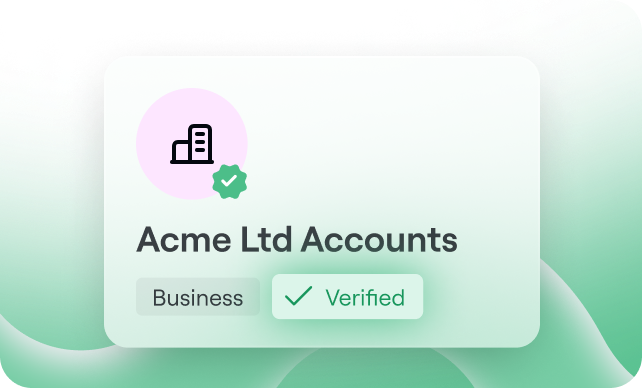
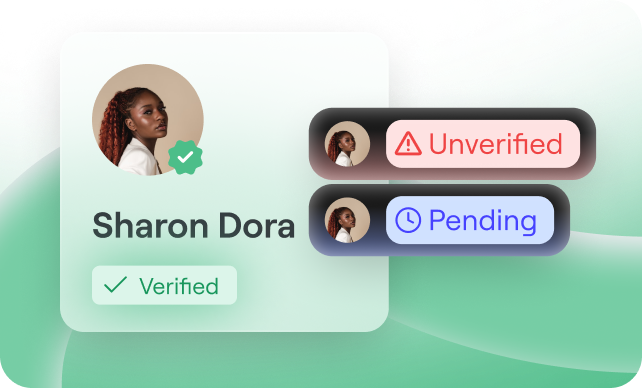

.svg)
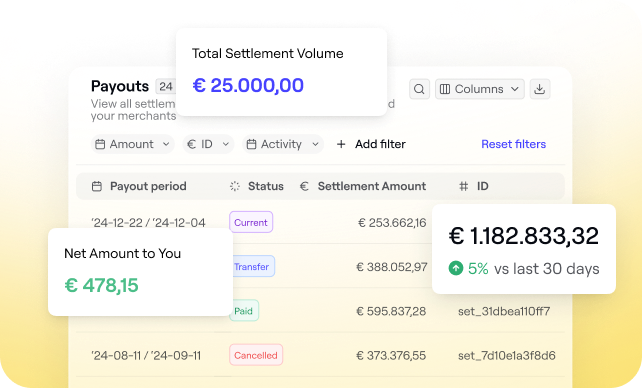
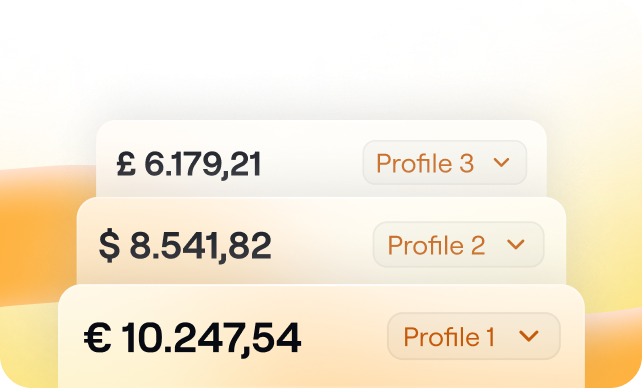
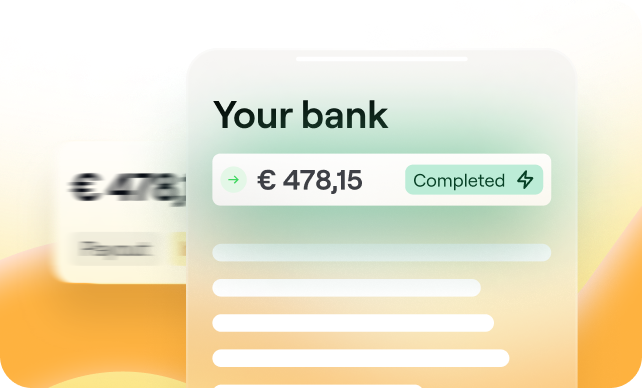
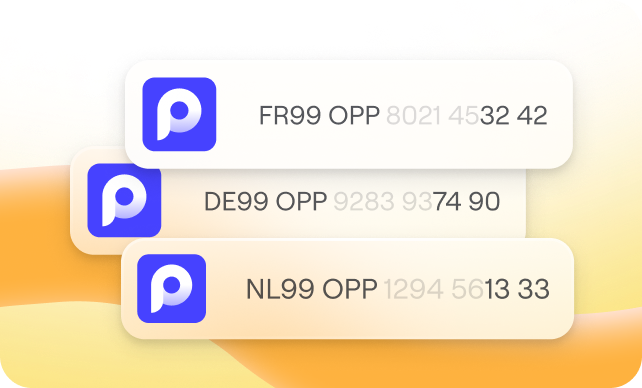
.svg)
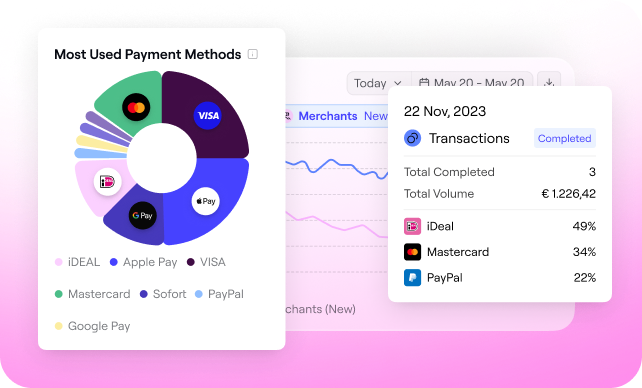
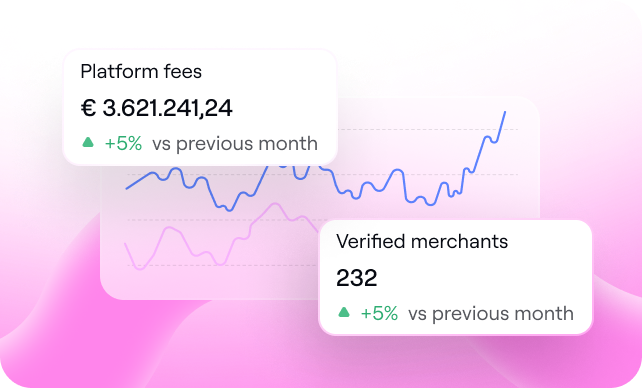
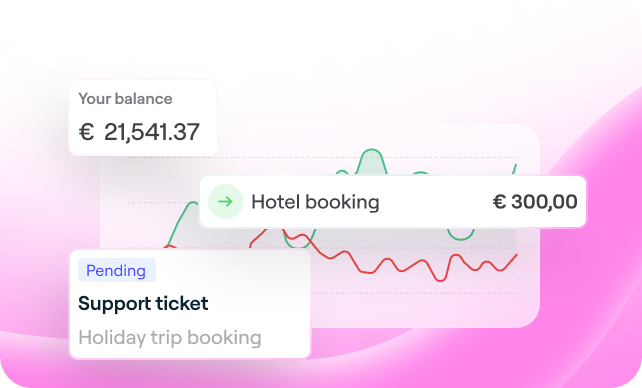
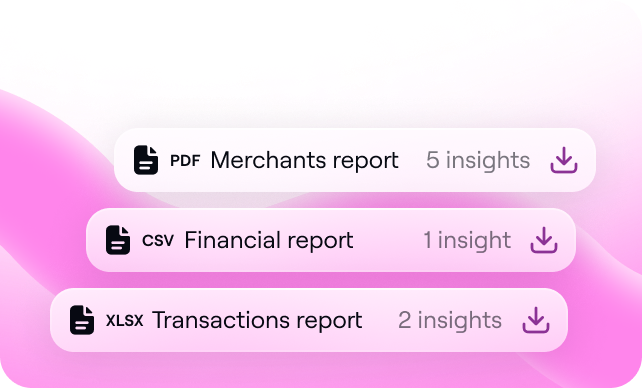
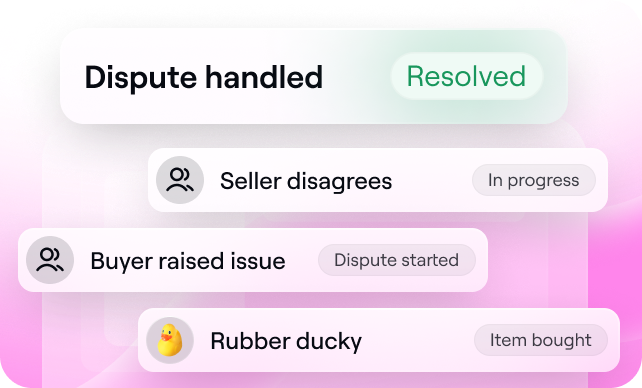













.png?width=1300&name=Untitled%20design%20(43).png)




.png?width=75&height=51&name=Worldline%20(2).png)